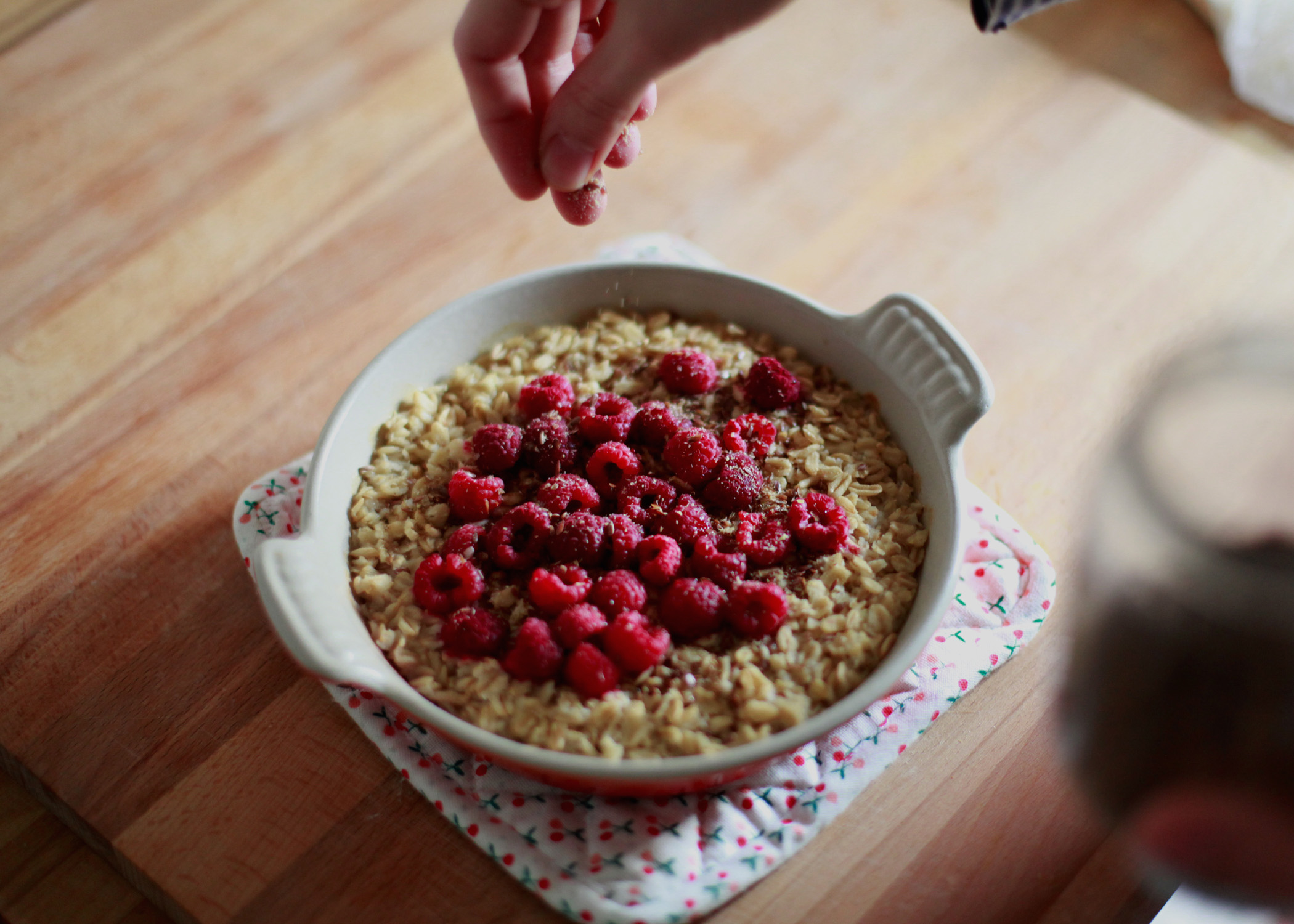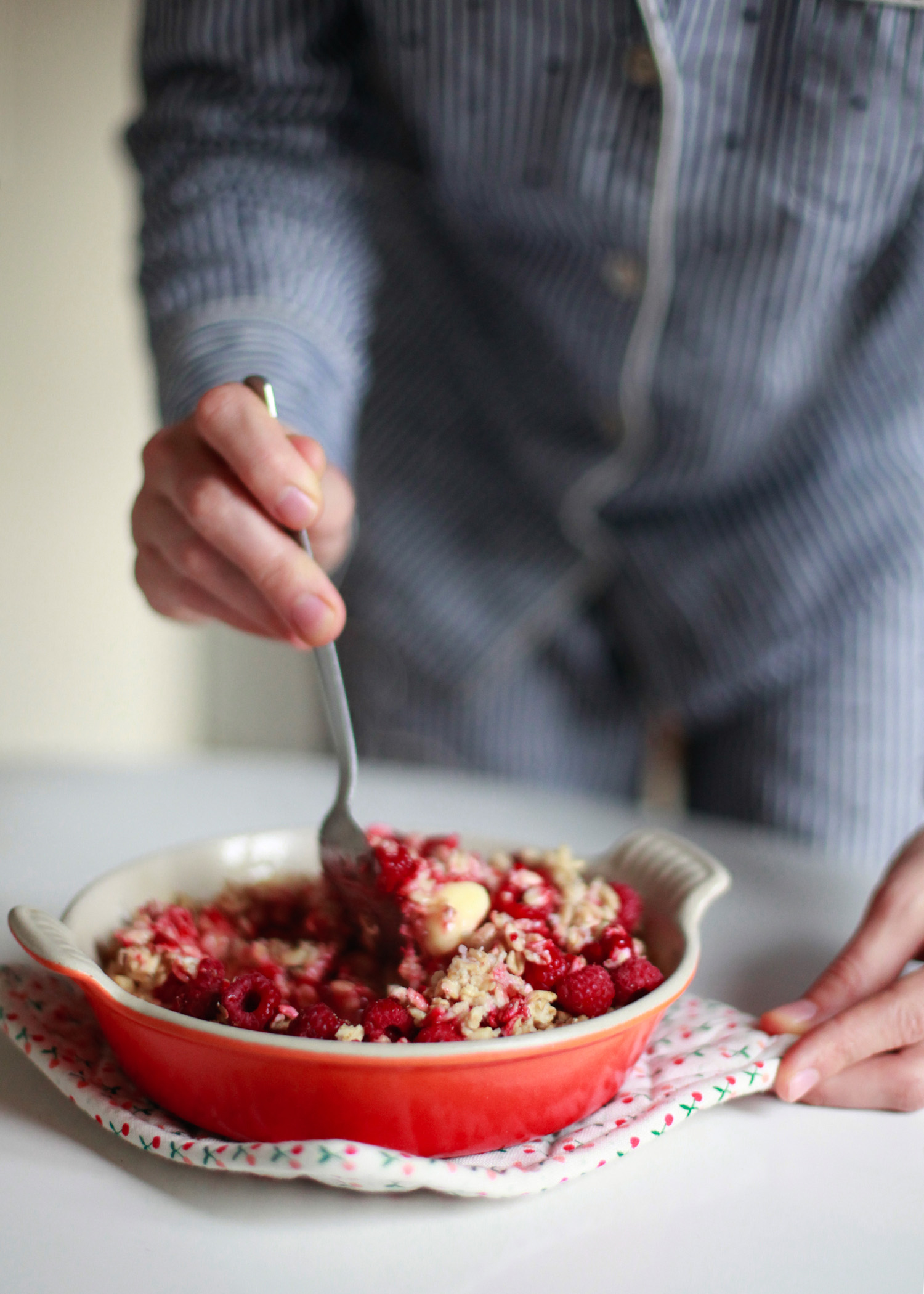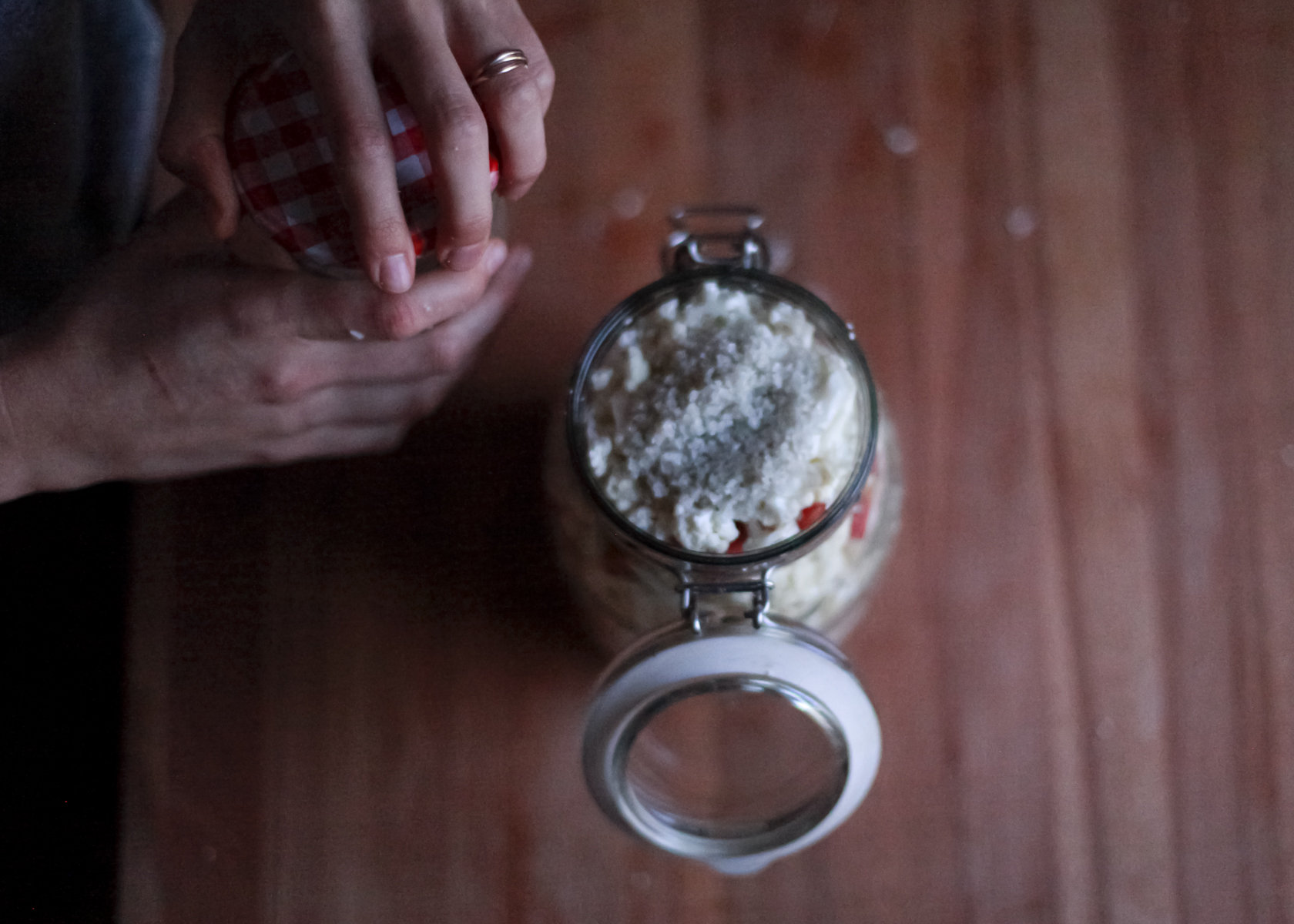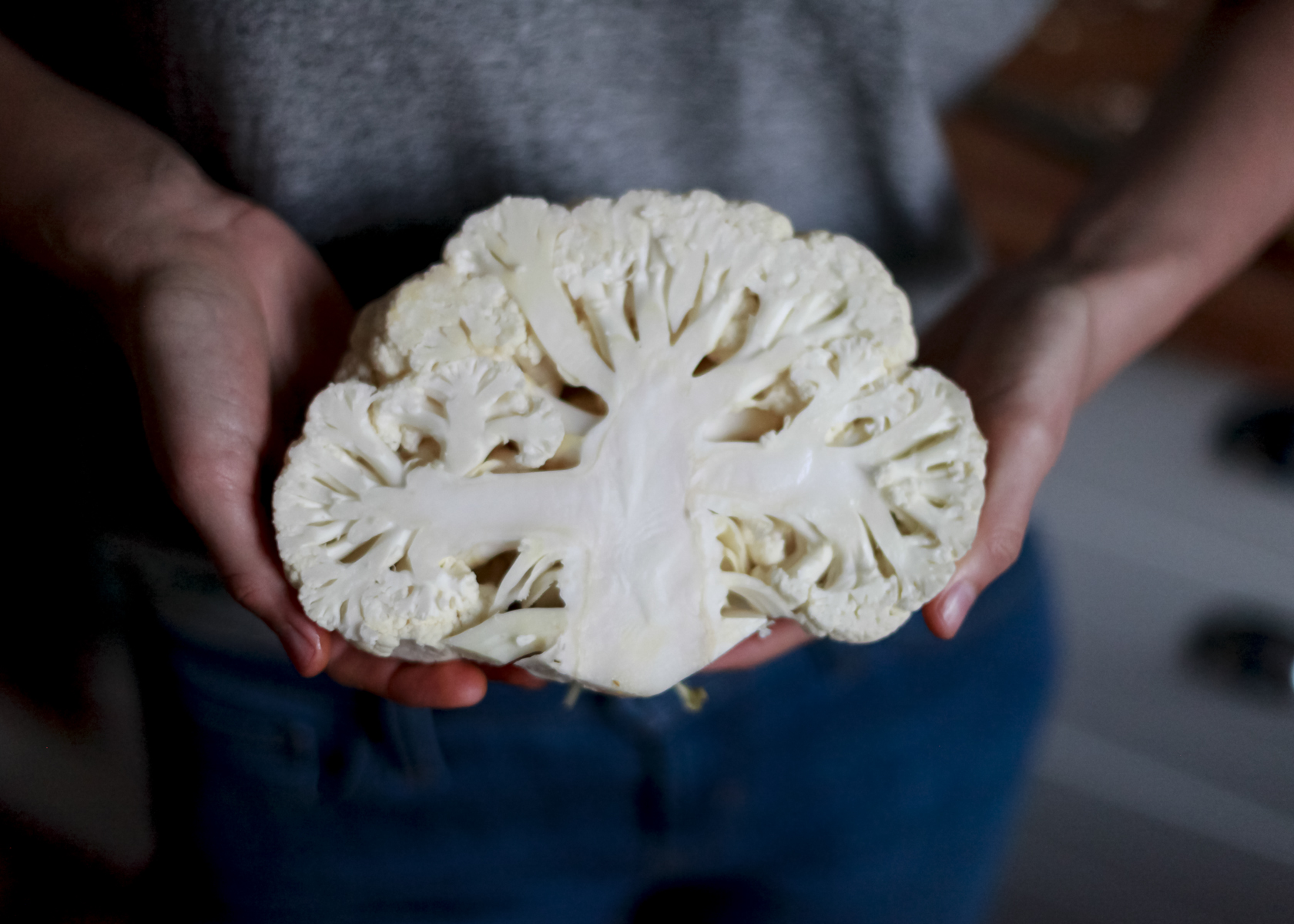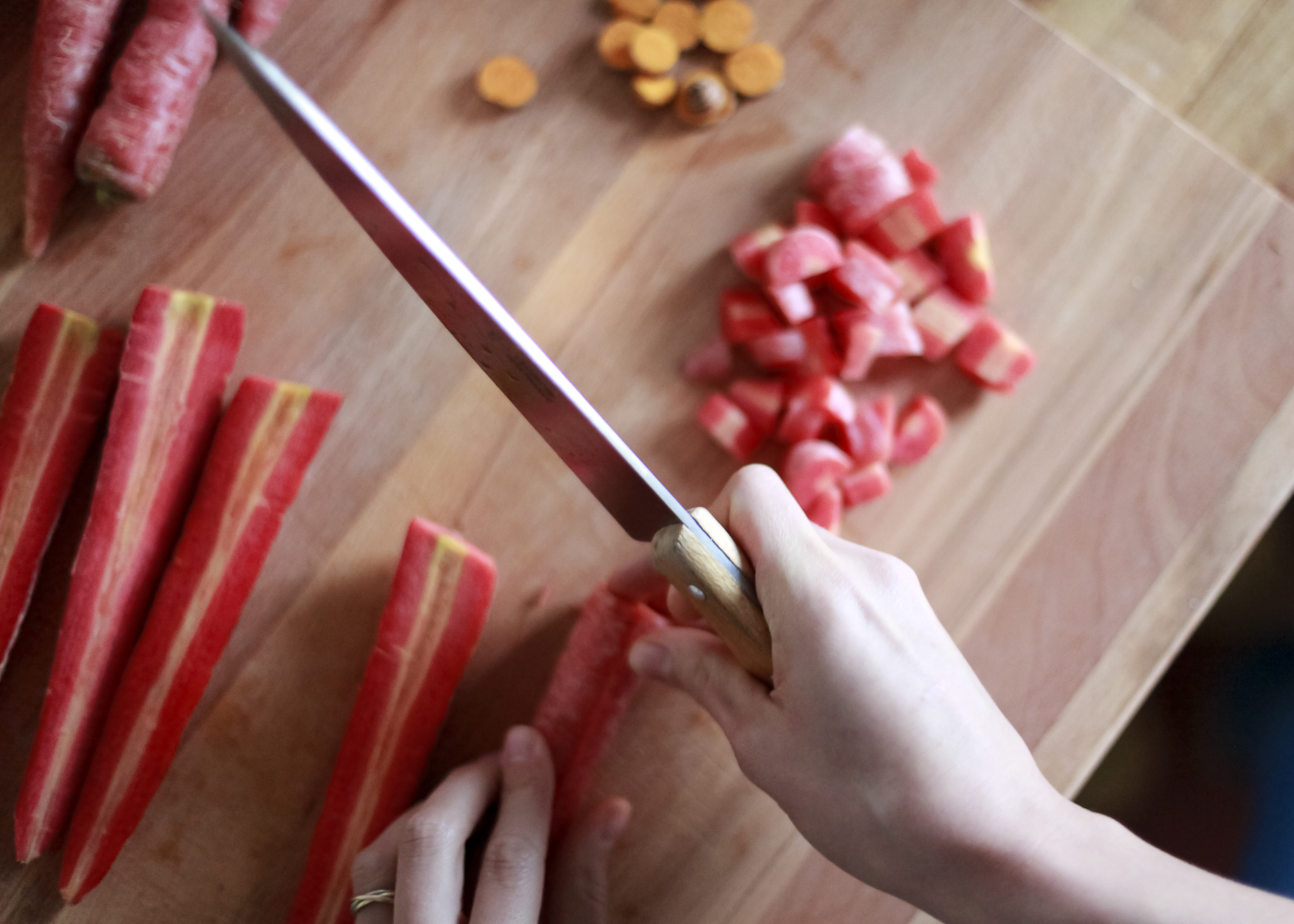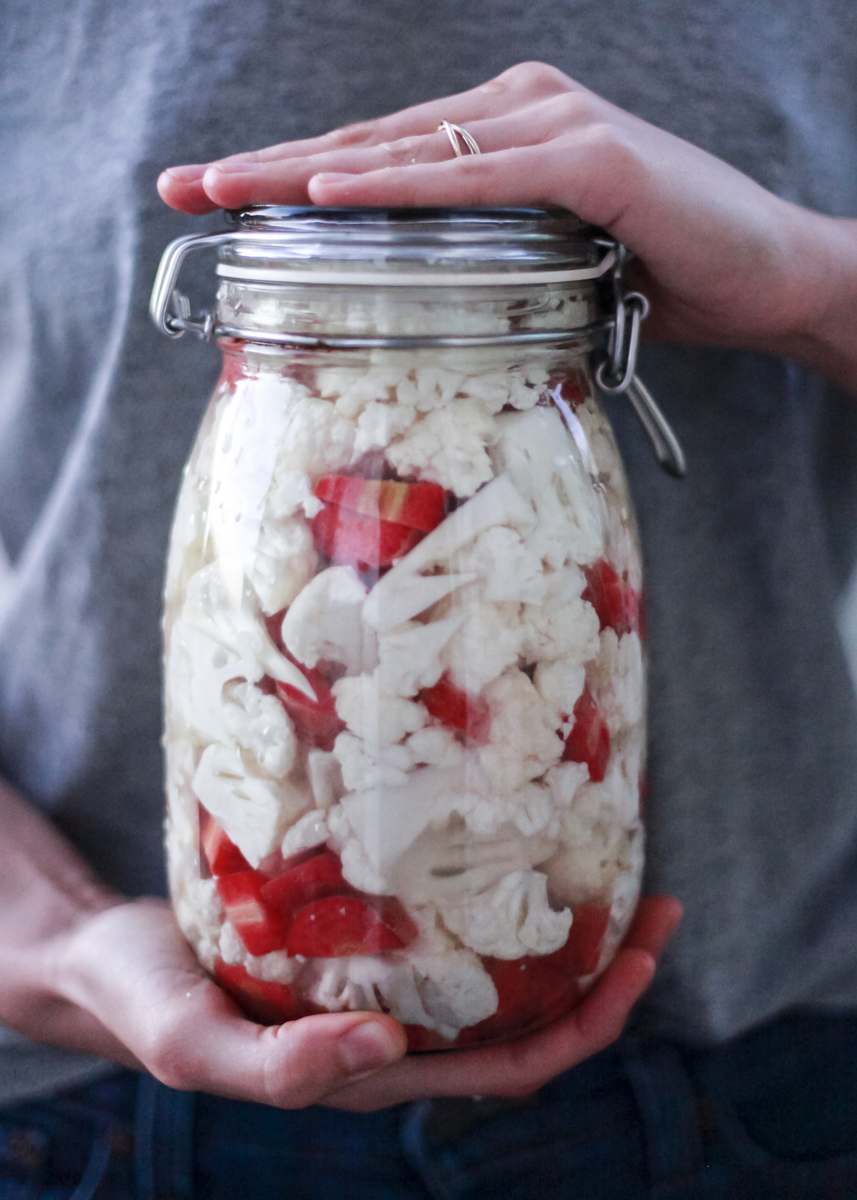If I knew how to needlepoint, I’d probably stitch this on the nearest pillow: The best breakfasts in life are simple. And if it was a particularly large pillow: And are enjoyed for far longer than they’re prepared.
Don’t get me wrong, I love a good pancake breakfast. Home-made eggs benedict? Heck oui! It’s just that I don’t love spending a good portion of my morning making those things. I want to do other things like water my plants, leaf through On Food and Cooking, or think about what to make for dinner. It’s for these reasons that I understand why the bowl of cereal has became such a venerable American tradition. One bowl, one spoon, a few gestures et voila! You’ve broken the fast and you’re ready to start your day.
However, the bowl of cereal just isn’t cutting it, nutritionally speaking. Even whole-grain, minimally processed cereals go through a process called extrusion–where a high temperature and a high amount of pressure combine to create flakes and orbs and alphabet-letters while simultaneously creating chemical changes in the grains making, for example, certain protein chains toxic.
Well, heck. What about granola?
Even granola has its issues, as most of the store-bought varieties haven’t been traditionally processed, or soaked to release anti-nutritive compounds found in grains like oats, overnight making it harder to absorb valuable minerals like iron, zinc and manganese. (If you’re new to this space, read more about the importance of soaking your grains here).
Enter the bowl of overnight, or “soaked”, oats which are simply, a bowl of oats covered in a liquid (like raw milk or water or even runny yogurt) and left to soak overnight. One of the easiest, healthiest breakfasts, ever.
In Winter, I add another step. I put my oats in the oven. Not all night, mind you, just for 15 minutes, as soon as I wake up. This was the breakfast that saw me through the wet Vancouver Winter during my nutrition studies when time in the morning was precious. A housemate of mine had come into kilos and kilos of frozen blueberries through work (no, he wasn’t a farmer #Canada.) and I started incorporating those into my recipe, too. When my oats and berries were ready, I’d add a huge knob of butter, a good glug of maple syrup and a handful of hemp seeds et voila! A nutrition-packed breakfast to be enjoyed for far longer than it was prepared. The real breakfast of champions, if you ask me.
Oven-baked-overnight-oats. Get on board, y’all.
Oven-Baked-Overnight-Oats
- Oats
- Water
- Frozen berries (optional)
- Raw butter
- Honey or maple syrup
- Nuts and seeds (optional)
- In the evening before bed, pour oats in oven-proof bowl.
- Cover oats with water. I like to use a bit less water to cover my oats because I like them thick. If you like them runnier use more water.
- Go to sleep.
- Wake up, pre-heat oven to 250C
- Give oats a good stir. If you have frozen berries, add them now. Place oats in oven for 15 minutes or until nice and toasty.
- Take oats out of oven. Add knob of butter and/or raw cream, knob of honey or glug of maple syrup, and other delights of your choosing (flax seeds, toasted almonds, tahini).
- Stir and enjoy.
